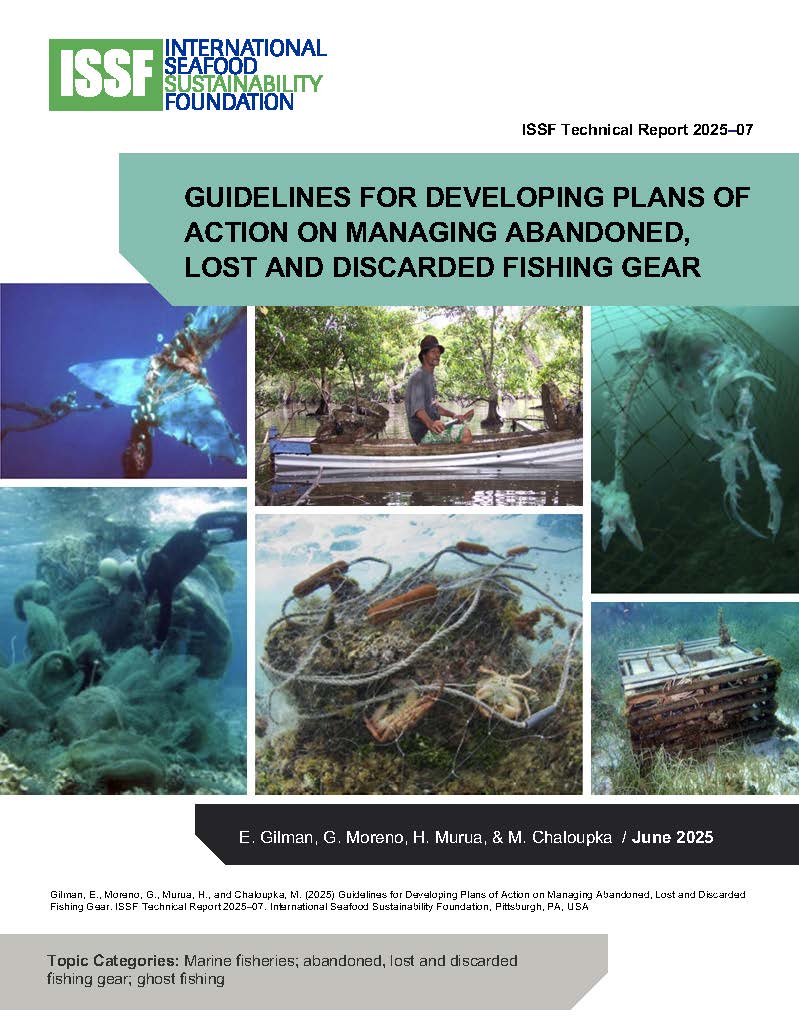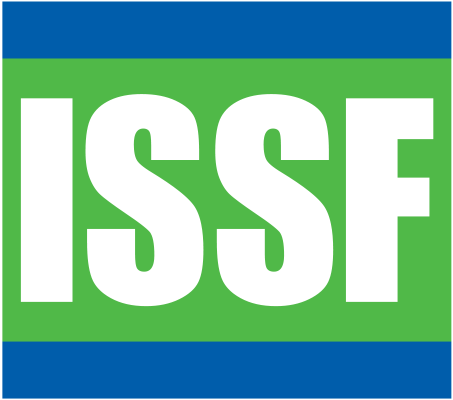Pole and Line
In pole-and-line fishing, tuna are caught one-by-one using a hook attached to a line and pole.

Bycatch
Pole-and-line fishing reduces bycatch of sharks, turtles and other larger marine animals.
Our report ISSF 2025-02: Tuna Fisheries’ Impacts on Non-Tuna Species and Other Environmental Aspects: 2025 Update* examines the effects of different tuna-fishing methods on non-tuna species like sharks.
Fuel Efficiency
According to an ISSF-commissioned study, ISSF 2025-03: Fuel Consumption and Greenhouse Gas Emissions from Global Tuna Fisheries: 2024 Updated Report, the pole-and-line method in 2023 used an average of 749.5 liters of fuel to land one ton of tuna.
POLE-AND-LINE RESOURCES
Pole-and-Line Skippers Guide
On our ISSF Guidebooks site, we offer a skippers guide in PDF format for pole-and-line fishers produced in collaboration with the International Pole and Line Foundation.
The guide covers target tuna species, fishing operations, catch handling, and baitfish/live bait.
Pole-and-Line Tuna Catches
Use our “Interactive Stock Status and Catch Tool” to visualize the current pole-and-line tuna catch —and pole-and-line catch trends over time.
Download the data in different file formats, and generate custom graphics to share via email, Twitter, or Facebook.






